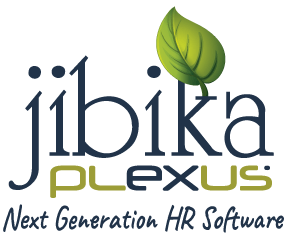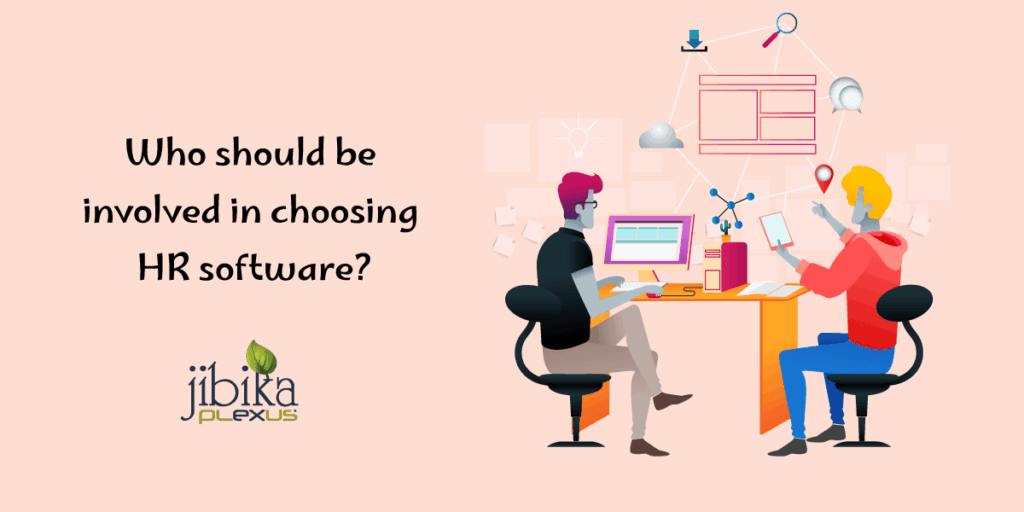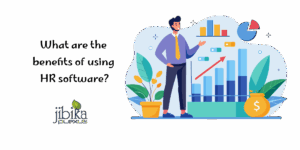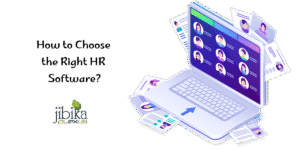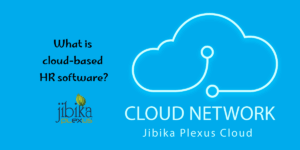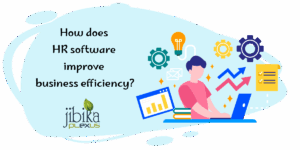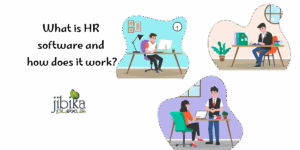Selecting the right human resources (HR) software is a critical decision for any organization. The software affects payroll, recruitment, compliance, and employee engagement management processes.
However, selecting HR software isn’t merely about opting for the most widely used or feature-complete solution. A decision is made in collaboration, and advice from various stakeholders needs to be balanced to ensure that the approach is consistent with business objectives, working practices, and technical constraints and requirements.
In this article, we will discuss who should be involved in the HR software selection process, why their input is essential, and how to coordinate these efforts effectively. By the end, you will know how to tackle this decision strategically.
3 Reasons Why HR Software Needs a Mixed Bag Of Stakeholders
HR software is quite a decision that involves every department and employee within an organization. Involving multiple stakeholders will allow you to:
Comprehensive Needs Assessment: Every stakeholder has a view of what should be performed by the software.
Reduced Implementation Risks: Adaptive architectures minimize adoption risks by relying on information from relevant teams.
Better ROI: Aligning software with company goals and user needs makes maximizing efficiency and achieving greater productivity easier than ever.
Who Should Be Involved in Choosing HR Software?
Human resources (HR) departments increasingly prioritize selecting the right software to align with their organization’s needs and goals.
HR Leadership
Primary users are the HR leaders who help decide what software to consider. They are responsible for:
Identify HR Responsibilities: HR teams are responsible for identifying the necessary features for the different processes, including recruitment, onboarding, payroll, and performance management.
Legal compliance: HR leaders confirm that the software complies with labor and data privacy laws.
Evaluate Usability: Because HR staff will use the software daily, easy use and smooth, frictionless workflows are huge criteria to consider.
High-level HR leadership establishes the groundwork by ensuring the organization has practical HR goals and that the software empowers them to achieve them.
IT Department
The IT Team plays the most vital role in assessing the technical layer of the HR software. Their role includes:
Integration With Other Systems: The IT guy wants to know if the new software can integrate with tools like payroll systems, accounting software, or employee portals.
Data Security: IT ensures that the software complies with strict security measures to safeguard employee data.
Scalability: They consider whether the software can scale as the business grows and whether extra modules can be added later.
Then, without IT input, organizations risk selecting software that is either incompatible with their tech stack or insecure.
Finance Department
The finance team ensures the software selection aligns with the company’s budget and financial goals. Their contributions include:
Budget approval: The finance department assesses the total cost of ownership, which typically incorporates costs related to subscription fees, implementation, and maintenance.
Cost-benefit analysis: Helps determine whether the software’s benefits (e.g., time savings, efficiency improvement) outweigh the cost.
Vendor Negotiation: Finance personnel may help negotiate contracts for the best deal.
The finance team can best understand if the investment can be self-sustaining financially and can help measure if the investment generates value.
Senior Leadership/Executives
Top executives like the chief executive officer (CEO) or chief operating officer (COO) offer high-level oversight to ensure the software aligns with company-wide goals. Part of what they do is:
Approval of Final Decision: The executives are the ultimate approvers of making a sizable investment.
Ensuring Strategic Alignment: They provide the solution aligned to long-term growth and HR strategy — this is the strategic alignment.
Adoption Enablement: Executive buy-in drives adoption and commitment to the solution across the company.
Their investment guarantees the decision is consistent with the company’s vision and mission.
End-Users (Employees)
The decision should include input from employees who regularly interact with the software. Their role includes:
User Experience Feedback: Employees can indicate usability issues or functionality that would benefit their workflow.
Software Testing: Pilot programs are an effective way to test software with employees to ensure its use in practice meets their needs before full rollout.
Training: Employees being part of the decision-making process will help them to adopt the software.
By listening to end-users, you can avoid investing in software that looks good on paper but doesn’t solve real-world problems for your company.
Human resources consultants
An HR consultant can help you a lot if your organization does not have the in-house expertise. Consultants can:
Share Industry Insights: They know current HR software trends and industry best practices.
Facilitate Vendor Comparisons: It allows for efficient vendor comparisons. Consultants can compare endorsements objectively, eventually leading to the best alignment for your organization.
Facilitating Decision-Making: Their background can accelerate the selection process, thus conserving time and resources.
It is not always necessary to have well-versed consultants perform this for your organization, but they can provide valuable insight, especially if you are a large or complex organization.
How to Coordinate the HR Software Selection Strategy
Put Together a Selection Team: Involve HR, IT, finance, leadership, and employees.
Understand Business Requirements: Determine the essential functionality and features the software needs to possess.
Set a Budget: Collaborate with the finance team to create a reasonable software and deployment budget.
Do your research: Based on features, pricing, and customer reviews, shortlist vendors.
Perform Demos and Trials: Let stakeholders test the software and offer feedback.
Decide: After hearing from all stakeholders, decide which software meets your organization’s needs best.
Benefits of Including Multiple Stakeholders
Ensuring All Perspectives Are Heard: Involving stakeholders in decision-making leaves no stone unturned.
Better Buy-In: Stakeholders are more likely to support and use the software when participating.
Decreasing Risks: Working together reduces the risk of implementing a solution that doesn’t satisfy technical, financial, or operational needs.
Conclusion
The decision to buy HR software cannot be made in a vacuum — input is required from HR leaders, IT experts, finance teams, senior executives, and actual employees. Every contributor adds value, providing insight to ensure the software meets the company’s operational, technical, and financial requirements. With the right people involved and a structured selection process, organizations can arrive at a well-considered decision that delivers value in the long run.
The right HR software can transform your organization by empowering your HR operations and ensuring employee satisfaction and business success. So start by forming a selection team today, and you’ll be one step closer to a more intelligent, efficient human capital system!
